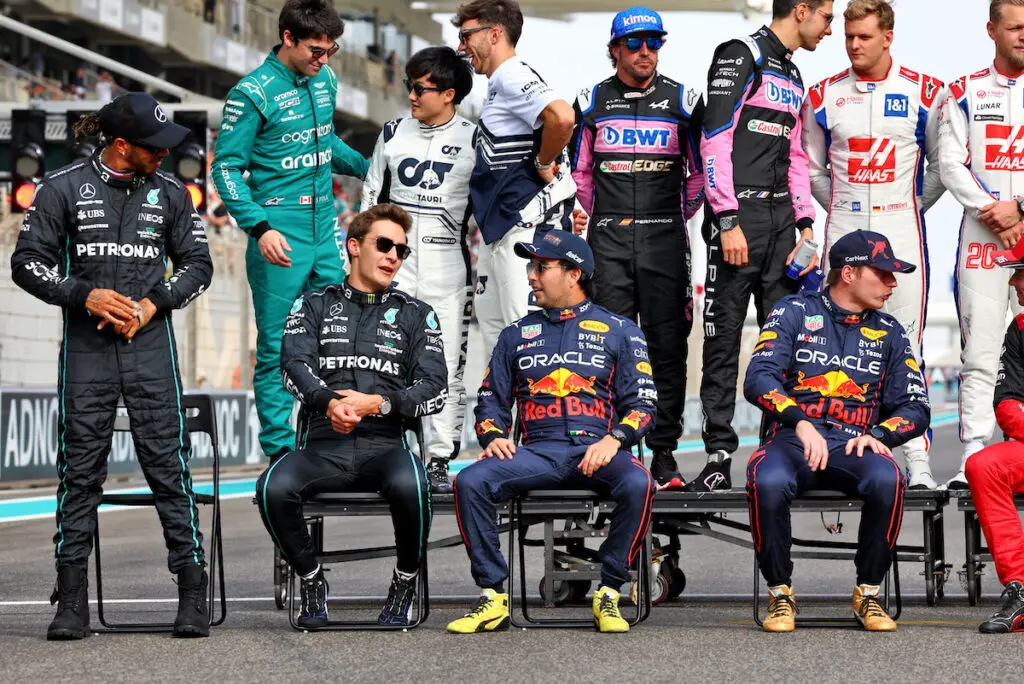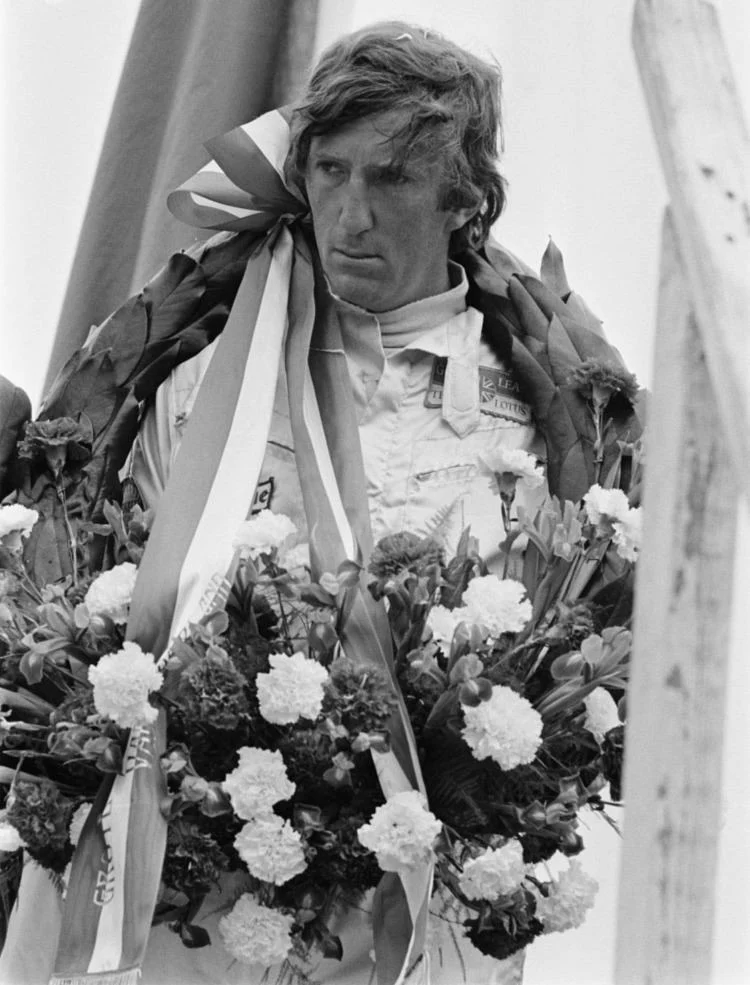F1 is highly competitive and demands a combination of skill, precision, and physical fitness. Factors such as experience, talent, and strategy play crucial roles in a driver’s success. There are also certain physical attributes, including height and weight, can also impact their performance on the track.
Pierre Gasly Height is approximately 177 cm (5’10”) and he weighs around 70 kg (154 lbs.). This is approximately in the middle of all the current set of drivers. It means that he fits in the F1 cars cockpit easily and has no undue disadvantage in terms of the cars set up or performance.
In this article, we will delve into the fascinating world of F1 driver heights and weights. Our main attentions is on the talented Pierre Gasly. We will explore the significance of height and weight in Formula 1. We also, compare Gasly’s measurements to the average driver. Fnally, analyze how these factors can affect performance, and examine Gasly’s diet and fitness routine.
Pierre Gasly Height

Pierre Gasly Height is approximately 177 cm (5’10”) .
To see all the other F1 driver’s heights and weights, follow this link.
Pierre Gasly Weight
He weighs around 70 kg (154 lbs.).
To see all the other F1 driver’s heights and weights, follow this link.
Do Height And Weight Matter In Formula 1?
In the high-speed and technically demanding sport of Formula 1, every aspect of a driver’s physical makeup can influence their performance. Height and weight are two key factors that can have a significant impact on a driver results .
Height plays a crucial role in Formula 1 due to the design and dimensions of the car. A driver’s height affects their ability to comfortably fit inside the car’s cockpit and maintain an optimal driving position.
An ill-fitting cockpit can lead to discomfort, limited movement, and reduced control over the vehicle, ultimately affecting performance on the track.
Weight is also a critical factor in F1 due to the sport’s weight limit regulations. The combined weight of the car and the driver must meet the minimum weight requirement. These are set by the FIA (Fédération Internationale de l’Automobile).
Lighter drivers have an advantage in terms of weight distribution, as they can optimize the car’s balance by adding ballast to improve handling and cornering capabilities.
Comparison Of The Average F1 Driver Height And Weight

Formula 1 drivers come in various shapes and sizes, but there is a prevailing trend when it comes to their height and weight. Recent data suggests that the average height of F1 drivers ranges between 170 cm (5’7″) and 185 cm (6’1″), with most falling within the bracket of 175-180 cm (5’9″-5’11”).
In terms of weight, F1 drivers generally have low body fat percentages and lean physiques due to the physical demands of the sport. The average weight of an F1 driver typically ranges between 65 kg (143 lbs.) and 75 kg (165 lbs.), with some outliers on either end of the spectrum.
However, there is a wide range of variation among the drivers, with some being much taller or shorter, heavier or lighter than others.
- The tallest drivers on the grid are Esteban Ocon and Alexander Albon, who are both 1.86 meters (6’2″) tall.
- The shortest driver is Yuki Tsunoda, who is only 1.59 meters (5’3″) tall.
- The heaviest driver is Nico Hulkenberg, who weighs 78 kilograms (172 lbs.).
- The lightest driver is Tsunoda again, who weighs just 54 kilograms (119 lbs.).
Pierre Gasly height stands at approximately 177 cm (5’10”) and weighs around 70 kg (154 lbs.). We can see that he falls within the average range for F1 drivers. Pierre Gasly Height allows him to fit comfortably inside the car’s cockpit and maintain the necessary control and maneuverability.
Does A Driver’s Height Impact His F1 Performance?
Height can have varying impacts on an F1 driver’s performance, depending on how it aligns with the characteristics of the car and the track.
Taller drivers may face challenges in terms of the car’s aerodynamics. A higher center of gravity can make the car less stable, particularly during high-speed corners or sudden changes in direction.
However, taller drivers may have an advantage in terms of weight distribution, as they can carry ballast lower in the car to enhance stability.
Conversely, shorter drivers may have an advantage in terms of the car’s aerodynamics due to a lower center of gravity.
A lower center of gravity can contribute to better stability and improved performance, particularly in high-speed situations. However, shorter drivers may face challenges in terms of weight distribution, as they may have less space to add ballast.
Does A Driver’s Weight Impact His F1 Performance?
Weight also plays a significant role in an F1 driver’s performance. Lighter drivers have an advantage in terms of weight distribution, as they can optimize the car’s balance by strategically adding ballast.
The distribution of weight within the car can have a direct impact on handling and cornering capabilities. By adding ballast in specific locations, drivers can fine-tune the car’s weight distribution to enhance performance in various track conditions.
However, it’s worth noting that being too light can also present challenges. Lighter drivers may struggle to generate sufficient heat in the tires, particularly in cooler conditions. This can affect grip and overall performance on the track.
What Is the Tallest an F1 Driver Has Ever Been?

In the history of Formula 1, the tallest driver ever recorded was Jochen Rindt, who stood at approximately 190 cm (6’3″). Rindt, an Austrian driver, achieved notable success in the late 1960s and early 1970s.
Despite his height, Rindt’s skill and determination propelled him to become the sport’s only posthumous World Champion after tragically losing his life during a practice session at Monza in 1970.
Gasly’s Diet and Fitness Routine

To excel in the physically demanding world of Formula 1, drivers must maintain exceptional levels of fitness. Pierre Gasly is known for his dedication to training and adopting a disciplined diet.
Gasly follows a rigorous fitness routine that includes a combination of cardiovascular exercises, strength training, and specialized exercises to enhance core stability and neck strength. These exercises are crucial for enduring the high G-forces experienced during races, improving endurance, and enhancing reaction times.
In terms of diet, Gasly emphasizes a balanced and nutrient-rich meal plan. He focuses on consuming lean proteins, whole grains, fruits, and vegetables while minimizing the intake of processed foods and sugary snacks. Proper hydration is also vital for optimal performance and efficient recovery.
Conclusion
Pierre Gasly’s height and weight fall within the average range for F1 drivers, allowing him to navigate the challenges of the sport effectively.
While these physical attributes certainly play a role, it’s important to recognize that driver skill, experience, and team support are equally vital in achieving success in Formula 1.
By maintaining a disciplined diet and rigorous fitness routine, Gasly demonstrates his commitment to maximizing his performance on the track. Ultimately, it is the combination of these factors that contributes to Gasly’s exceptional abilities and achievements as an F1 driver.

